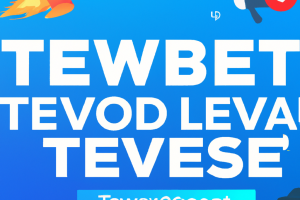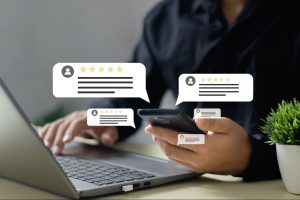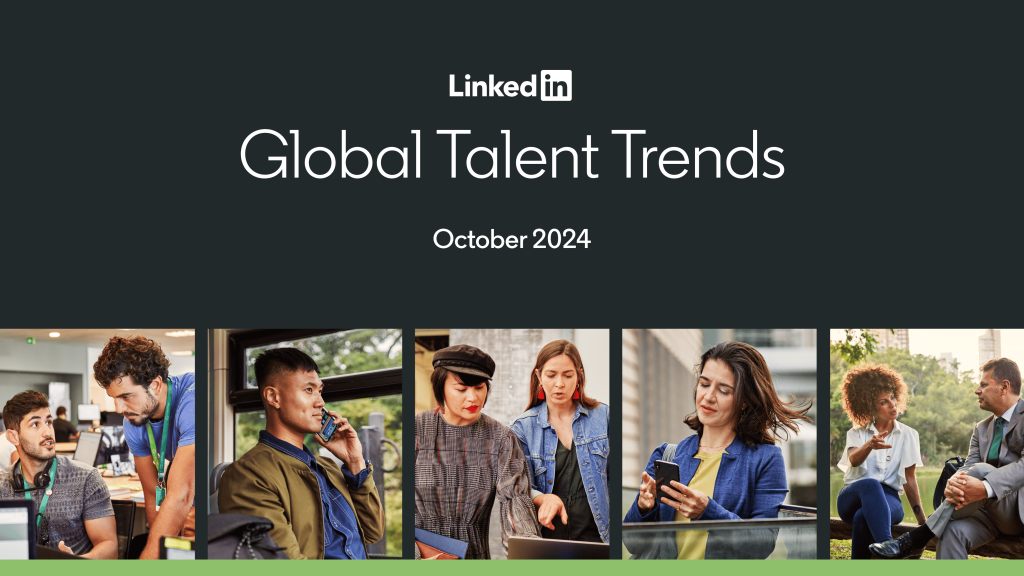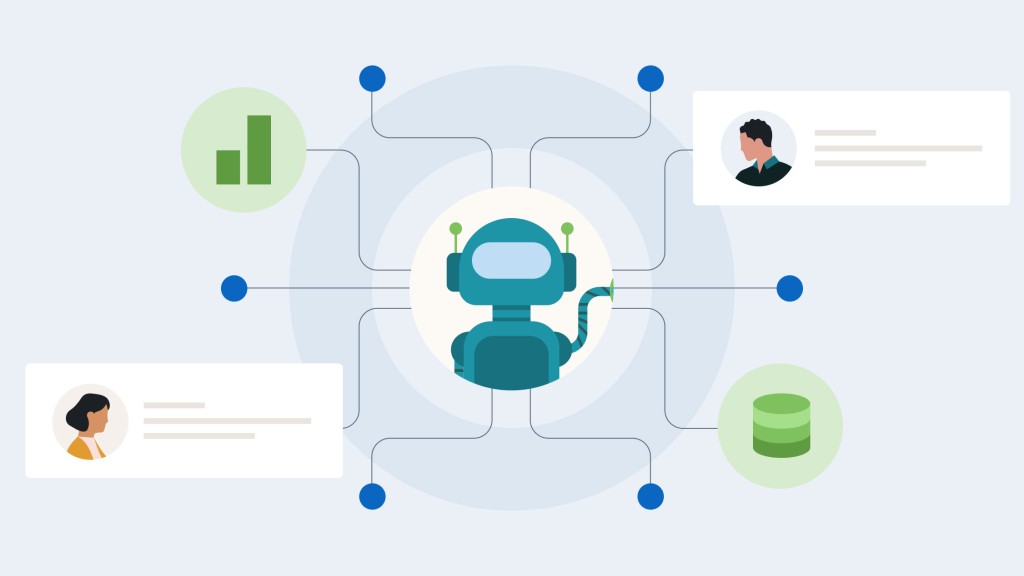About half of current job seekers are using AI to help them through the hiring process, according to several sources. Candidates are using generative AI for resume writing, interview prep, assessments, and even real-time interview answers. So, companies should be developing guidelines for job seekers about how they can use AI fairly in their interviews and assessments.
It’s a big task but one that, in a delicious bit of irony, AI can help with.
And when generative AI is called upon to help companies draft a policy, it will certainly turn to the guidelines already published by Canva, a global software company famed for its easy-to-use suite of online design tools. Canva developed its policy to help candidates, recruiters, and in-house interviewers.
“After the launch of our own ‘Magic Studio’ features like Magic Write in Canva and the later release of ChatGPT, we knew candidates would use AI to spark creativity throughout their job hunt and interview process,” says Amy Schultz, the global head of talent acquisition at the software company. “To stay ahead of this trend, we wanted to provide guidance and share our perspective on how candidates could use AI responsibly. We also want candidates to know that if they use AI in their job application at Canva, we’ll dig deeper to get a complete sense of who they are and why they’re passionate about joining our mission.”
Amy notes that the guidelines are there to help her team as well. “We also wanted to set expectations with interviewers on what’s acceptable use of AI,” she says, “and to remind them of the important role they play in understanding a candidate’s authentic thought process.”
Keep your guidelines simple and straightforward
Canva developed a three-paragraph policy that can be accessed from their website’s Hiring FAQs. It is short and simple, making clear what the company’s POV is without getting mired in a lot of specific do’s and don’ts. Here’s how it reads in full:
“AI is increasingly becoming a part of our lives and at Canva we embrace its potential to kick-start ideation, streamline workflows, create time savings, and ultimately increase our impact. When you’re exploring Canva, you’ve probably already noticed we’re harnessing the power of AI through much of our product suite.
“During our hiring process, you’re welcome to use AI to help get your creative juices flowing, if that’s something you’d like to do. Think of it more as a launching pad than a silver bullet. If you’ve used AI, we’ll want to understand how you used it and how you built on what it produced. What’s really important to us is that you’re able to demonstrate your own ideas and thinking, particularly during our interview and Canva Challenge process [a case study presentation].
“Please note that if you apply for an engineering opportunity, you’ll need to turn off any AI tools such as GitHub Copilot during the interview.”
That’s it. Seven sentences total. Not much verbiage, yet Canva makes clear that it is embracing AI and empowering its employees and candidates to do likewise.
Your guidelines should reflect who you are as a company
Canva products are loaded with AI features and enhancements — AI is part of the company DNA.
“Given that we have AI embedded throughout our Visual Suite,” Amy says, “we want to encourage our candidates to experiment with it to help them bring their ideas to life more easily than if they were starting with a blank piece of paper. And we also expect our team around the world to use it as a collaborative partner to help them be more productive and efficient day to day. ”
Once Amy’s team had decided to draft a policy, they sought input from recruiters and interviewers on their experiences with candidates who were already using AI. Then they worked with the Canva AI team and their communications group to ensure the guidelines mirrored their own internal position on AI.
When they were done, they posted their guidelines on their website for candidates — and other companies — to see. “The feedback we’ve received has been incredibly positive,” Amy says. “Candidates really appreciate the guidance, and it takes the pressure off interviewers wondering whether or not someone did or didn’t use AI, so they can truly focus on assessing the skills of the candidate.”
Fairness is a key consideration as you incorporate AI into your interview process
As you develop your guidelines, keep asking yourself if you are leveling the playing field or simply tilting it further? Your policy should not favor some candidates at the expense of others. In a recent Talent Blog post, Glen Cathey, an SVP at Randstad Enterprise, asked: “How can we ensure equal opportunities when AI tools aren’t equally accessible?”
Canva addresses Glen’s question by giving everyone, candidates and noncandidates alike, access to tools through its Canva Free subscription.
“We expect our candidates are already users of Canva,” Amy says. “We really encourage candidates to use our free product during the interview process to see how they interact with our products, and every candidate who gets to the Canva Challenge stage receives a free six-month subscription to Canva Pro. We feel that levels the playing field in terms of accessibility to GAI features in our hiring process.”
Final thoughts: Your guidelines don’t have to be perfect, but let candidates know what you’re thinking
Writing a policy that addresses the use of a fast-changing capability like GAI can be daunting. So, remember that your policy doesn’t have to be perfect, and it can — and should — continue to unfold.
“As we continue to invest in this space, I’m sure our policy will evolve,” Amy says, “as both AI use cases evolve and AI use becomes a core skill within most jobs.”
As you sit down to write — or rewrite — guidelines for AI use by your candidates, consider going to school on companies, such as Canva, that have already drafted and shared their policies publicly. Engage and consult your key stakeholders, such as recruiters, interviewers, communications pros, and AI specialists. And weigh how your policy reflects your organization’s existing culture and approach to AI use.
And then, if you’re still struggling, don’t hesitate to ask GAI to craft a first-draft policy. Of course, as the Canva guidelines state, “we’ll want to understand how you used it and how you built on what it produced.”










